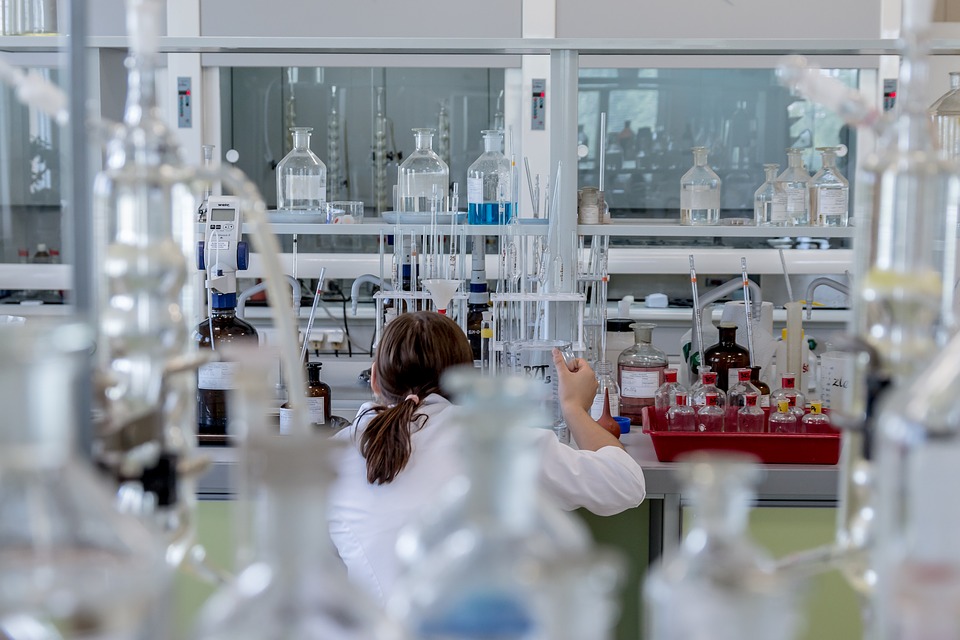
Antibiotic resistance continues to rise globally. In response, the medical community has sought to find solutions to the ever increasing number of “superbugs” – or various species of bacteria that are resistant to broad spectrum antibiotics. In an effort to combat the issues researchers are beginning to look for answers to antibiotic resistance in some unlikely places – like fish, algae and the bacteria that live on insects.
Recently, scientists from Purdue University in West Lafayette, IN, and Boston University in Massachusetts investigated the potential power of blue light. They recently published their findings in the journal Advanced Science.
One of the
After the photobleaching process the bacterium was then able to be destroyed with mild antiseptic agents such as hydrogen peroxide. The team of researchers has developed a patented light tool. The idea is that it would take the form of a small box with a light in it, which shines through a hole onto the wound.
Importantly, the light has been found to be safe on mammalian cells. However, even though the research is promising, extensive human trials will need to be conducted in order to determine the efficacy of the research in humans.
